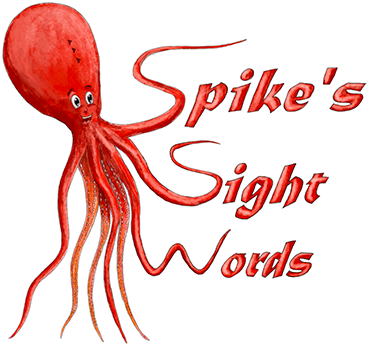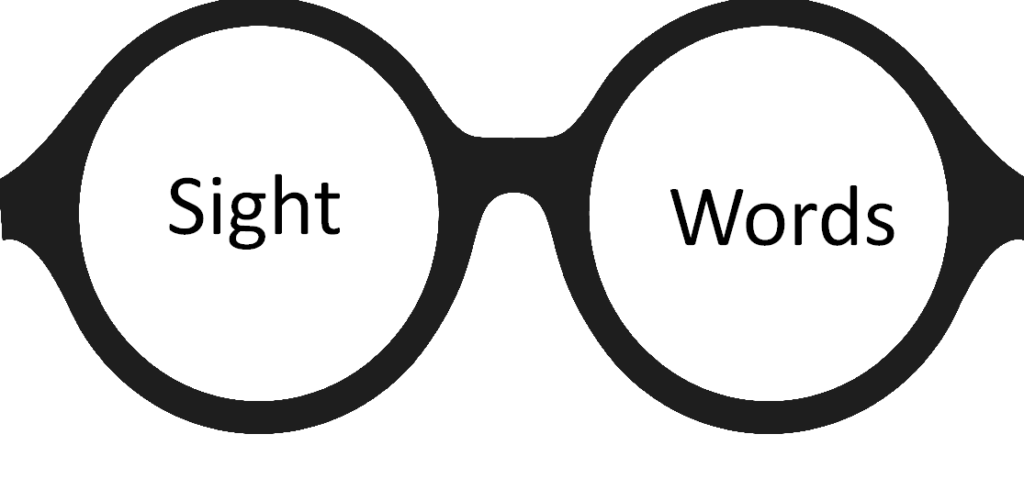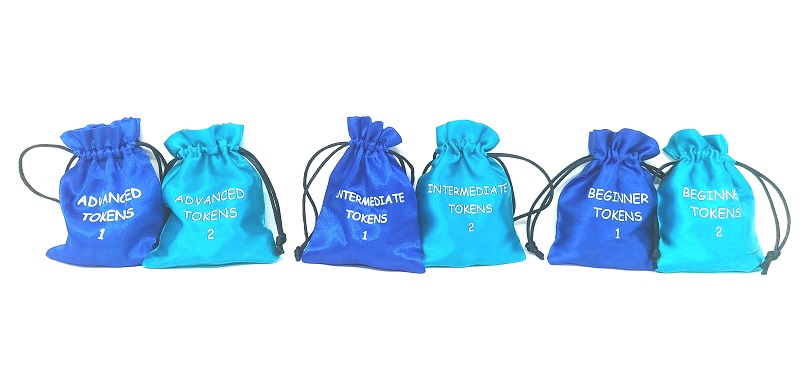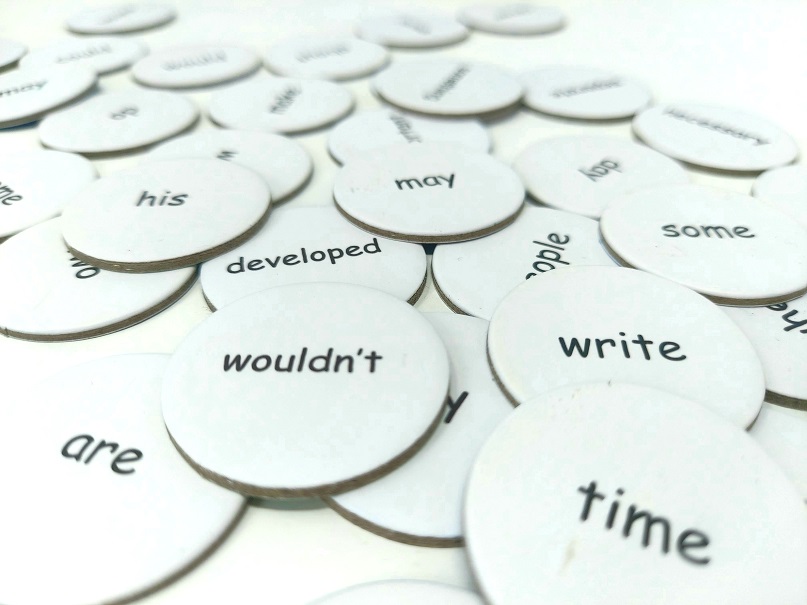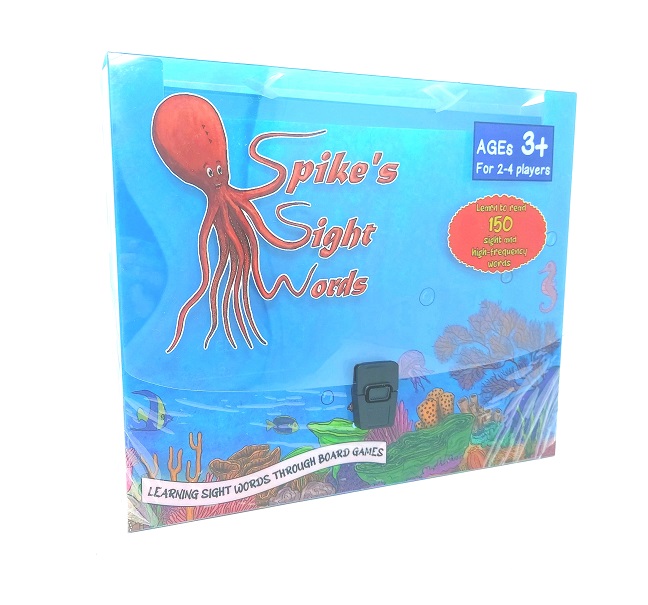What are sight and high-frequency words?
Sight words are common words that children recognise instantly without sounding them out phonetically. Recognising these words by sight helps children become faster, fluent and more confident readers. Many of these sight words are tricky to read and spell for children. The way they are pronounced are often not how they are spelt!
“Words such as it, she, me, the, there and and appear so often in text that educators believe it is better for children to recognise these words instantly and by sight.”
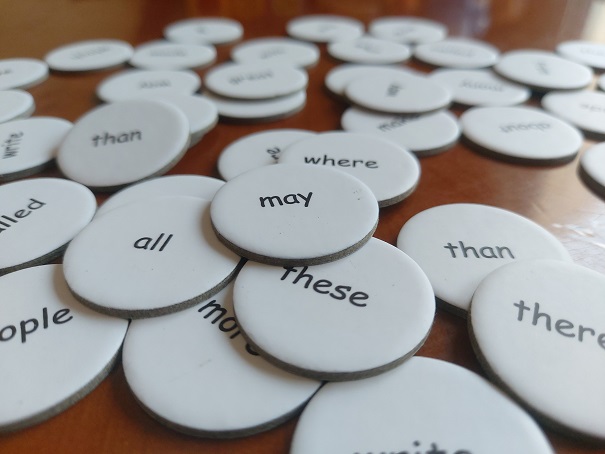
Types of Sight Words
Sight words fall into two categories:
- Frequently Used Words — these are words that occur commonly in the English language, such as in, can, and how. If you get your child to memorise these words, it makes reading much easier and smoother, because the child already recognises most of the words and can concentrate their efforts on new words. For example, knowing just the Dolch Sight Words would enable you to read about 50% of a newspaper or 80% of a children’s book.
- Non-Phonetic Words — these are words that cannot be decoded phonetically, such as know, because, or put. Teaching children to memorise these words with unnatural spellings and pronunciations teaches not only these words but also helps the reader recognise similar words..
Over the years, there has been several lists of sight and high-frquency words that are in common use, such as Dolch, Fry, Top 150, and Core Curriculum. These lists are taught around the world. The lists themselves are very similar but here at Spike’s Sight Words, we have decided to focus and use the Fry List of words.
Where do I find word lists?
Two of the most popular sources are the Dolch Sight Words list and the Fry Sight Words list.
During the 1930s and 1940s, Dr. Edward Dolch developed his word list used for Reception through to year 3 by studying the most frequently occurring words in the children’s books of that era. The list has 200 “service words” and also 95 high-frequency nouns. The Dolch word list comprises 80 percent of the words you would find in a typical children’s book and 50 percent of the words found in writing for adults.
Dr. Edward Fry developed an expanded word list for years 1–10 in the 1950s (updated in 1980), based on the most common words that appear in reading materials used in years 3–9. The Fry list contains the most common 1,000 words in the English language. The Fry words include 90 percent of the words found in a typical book, newspaper, or website.
